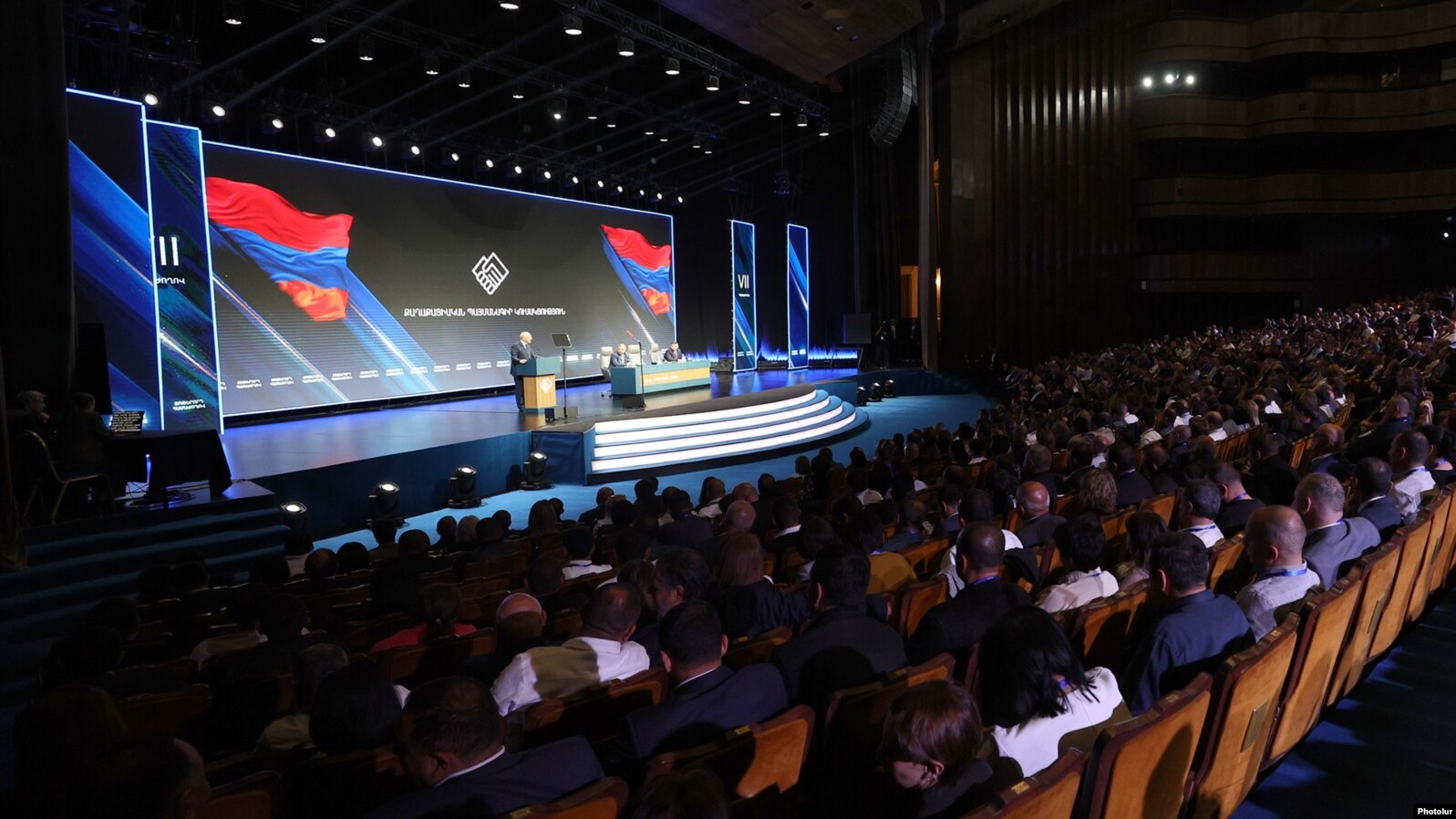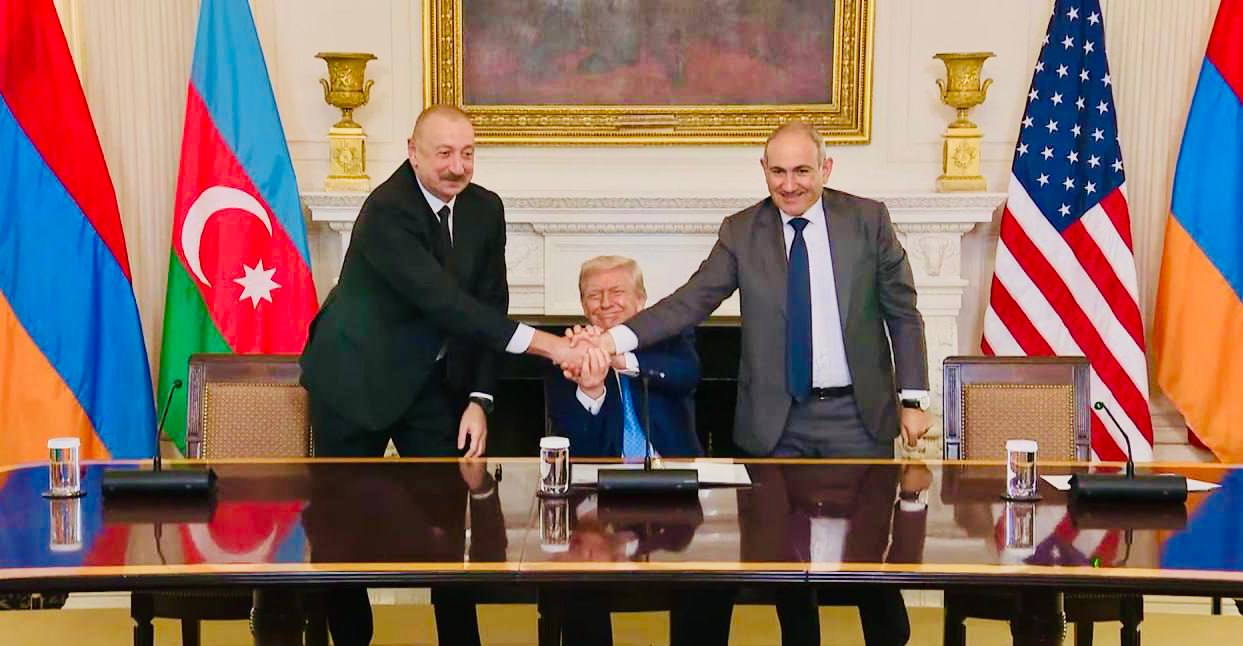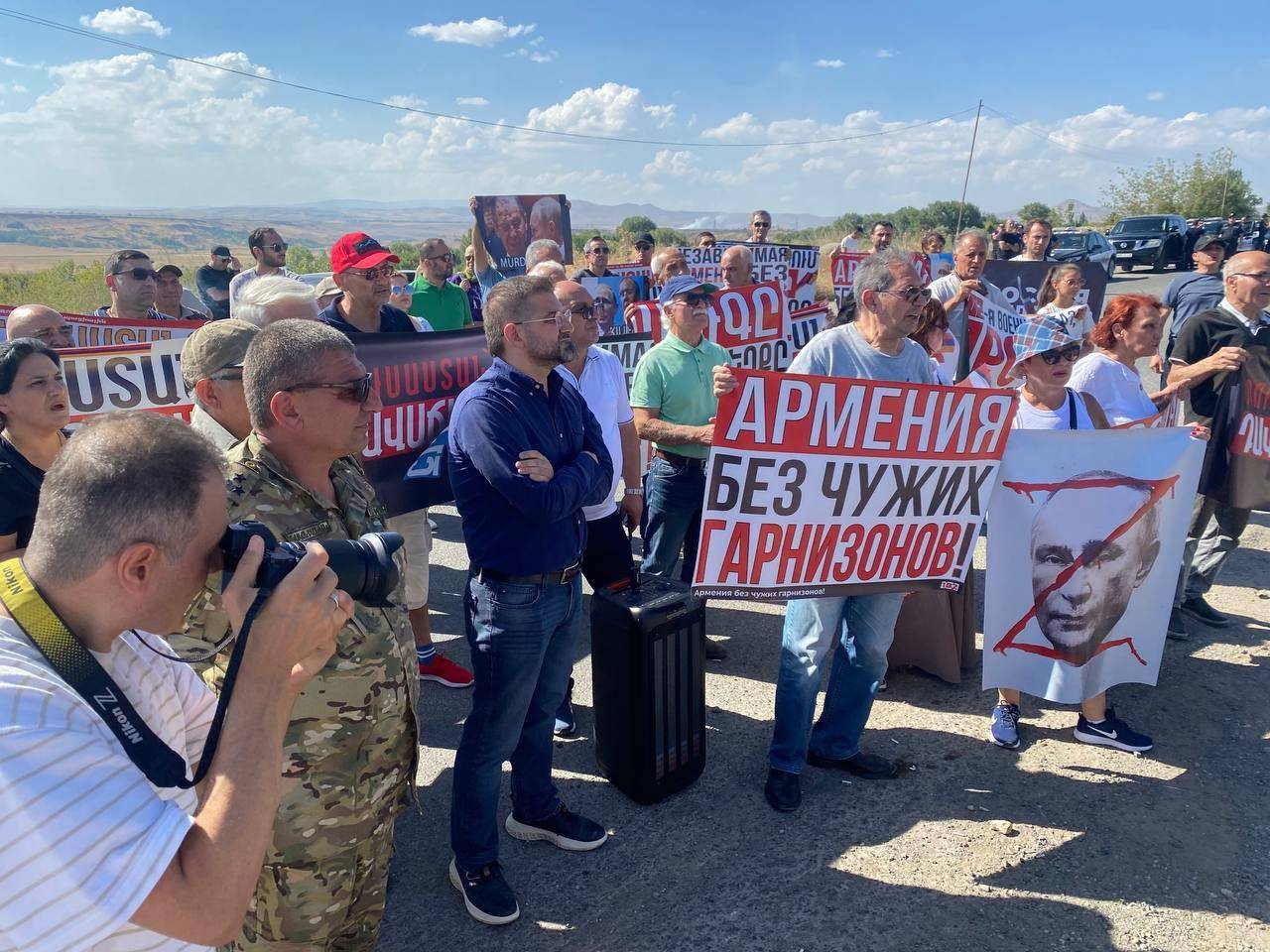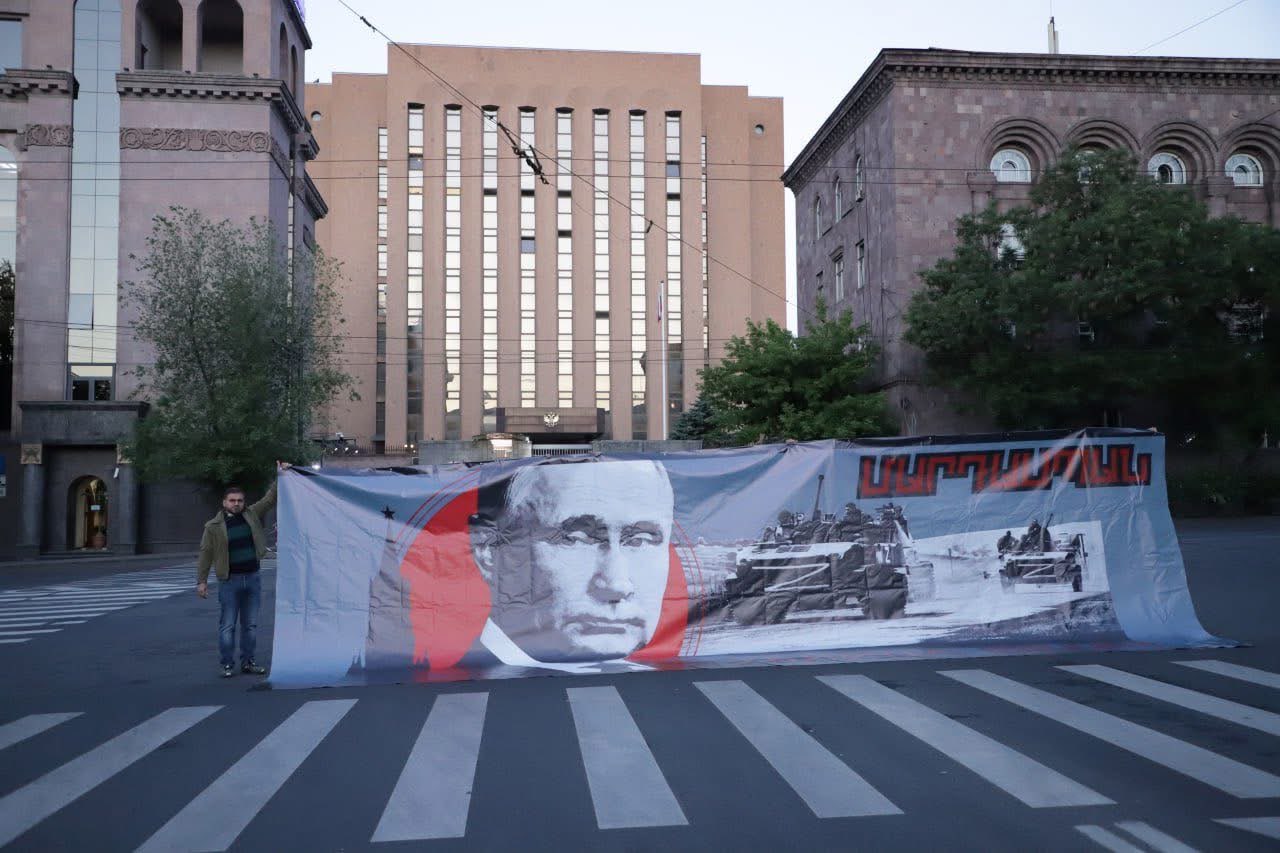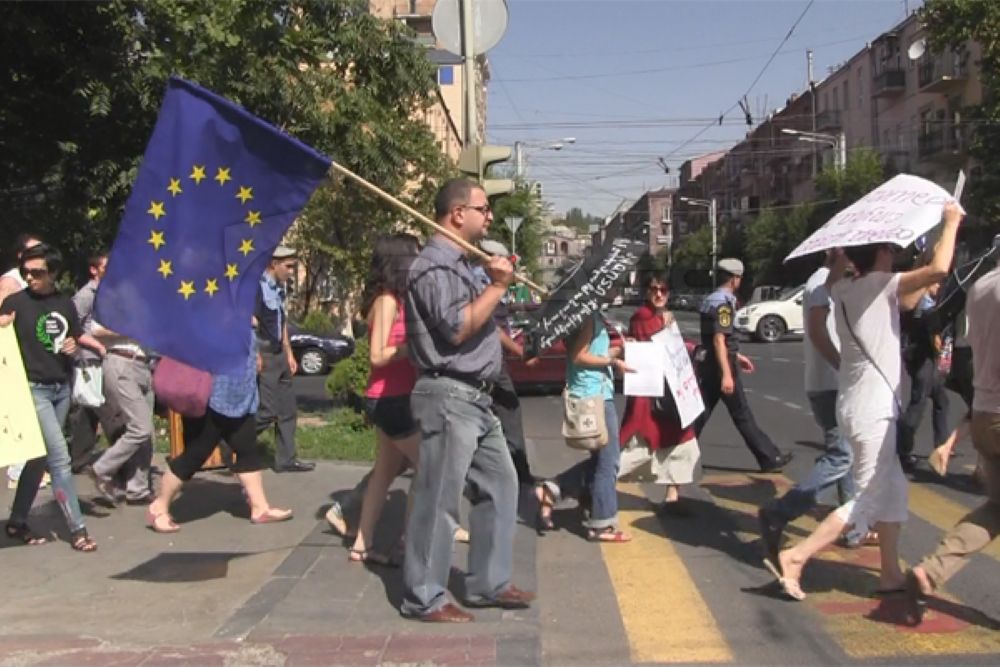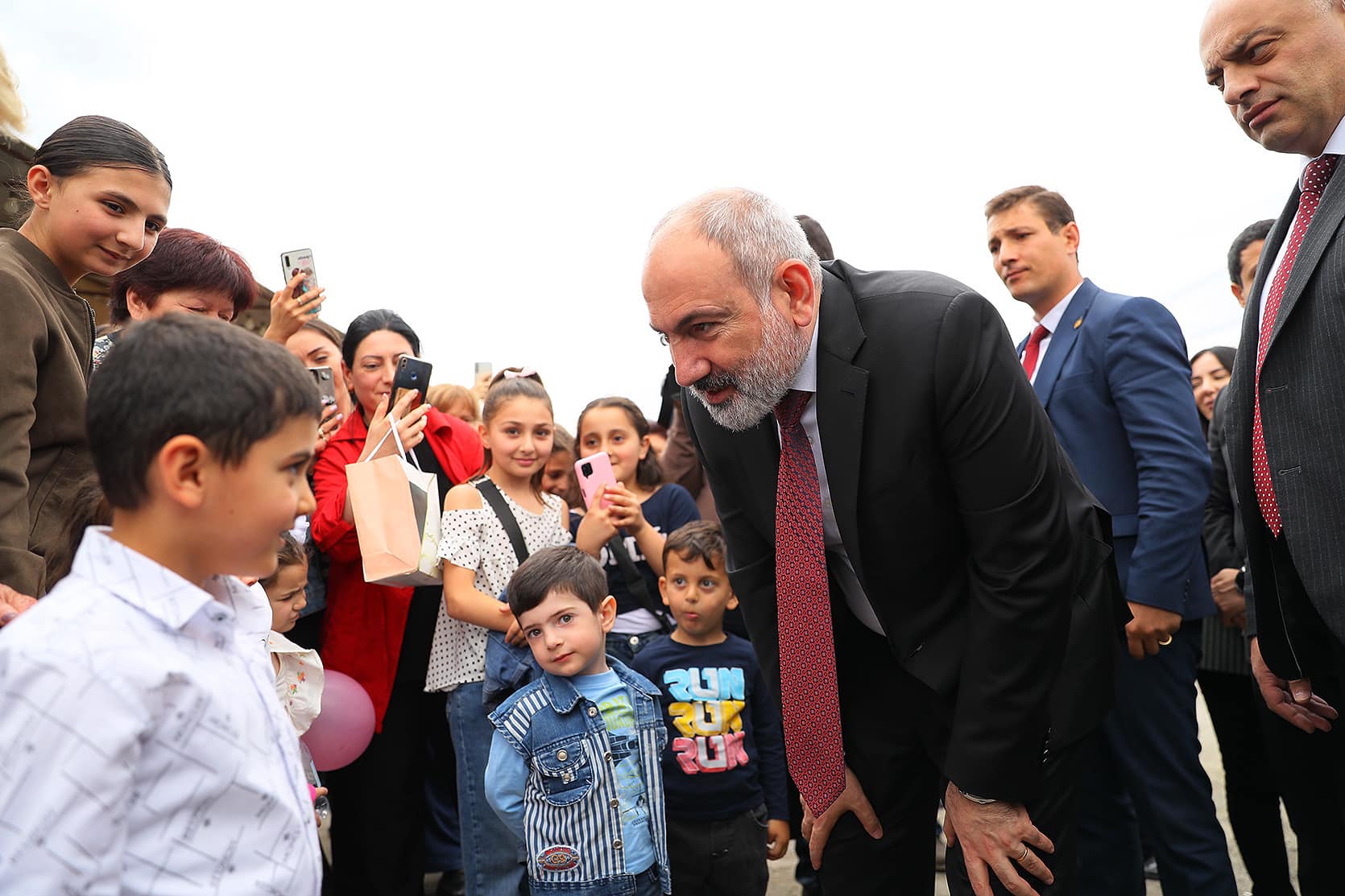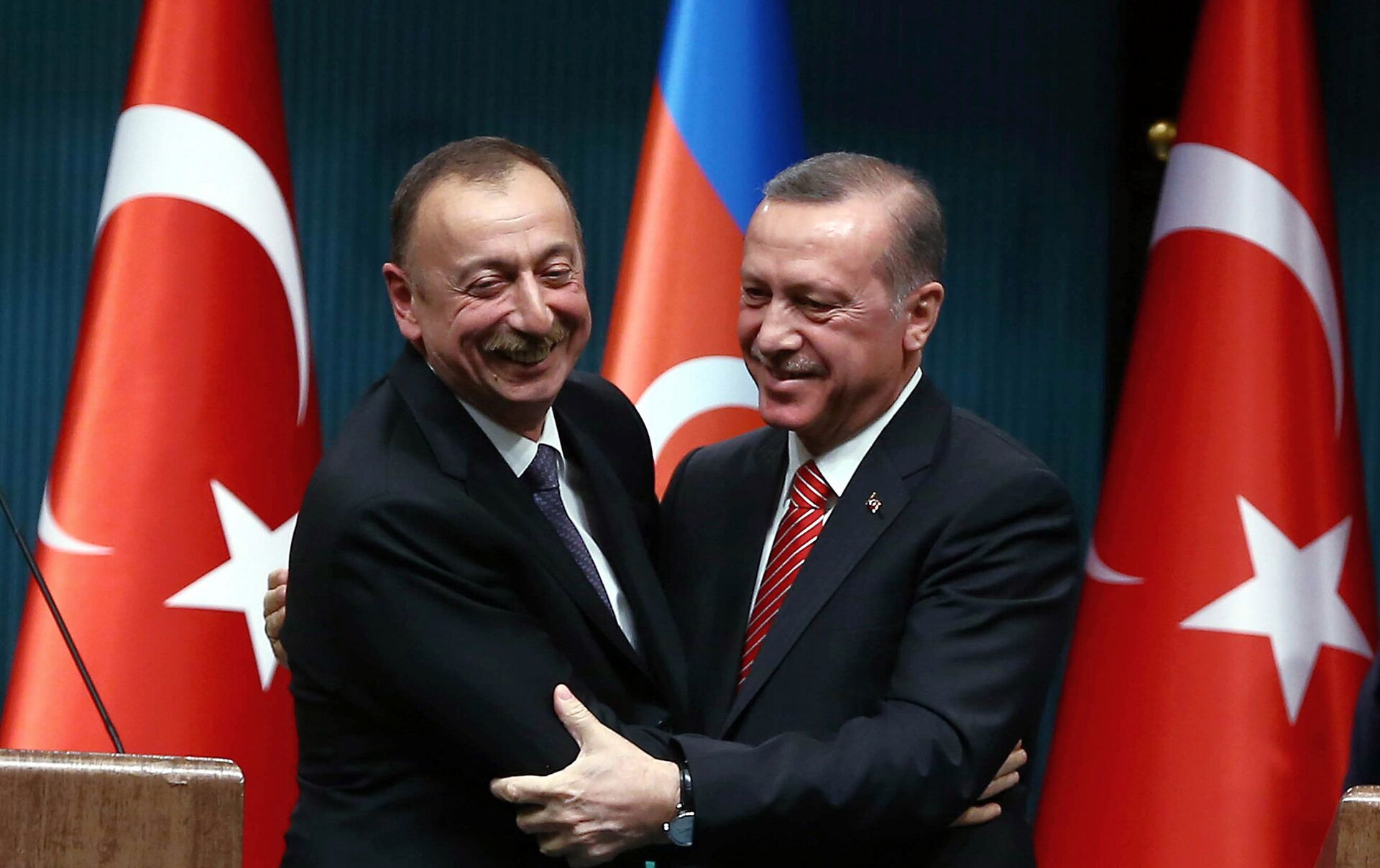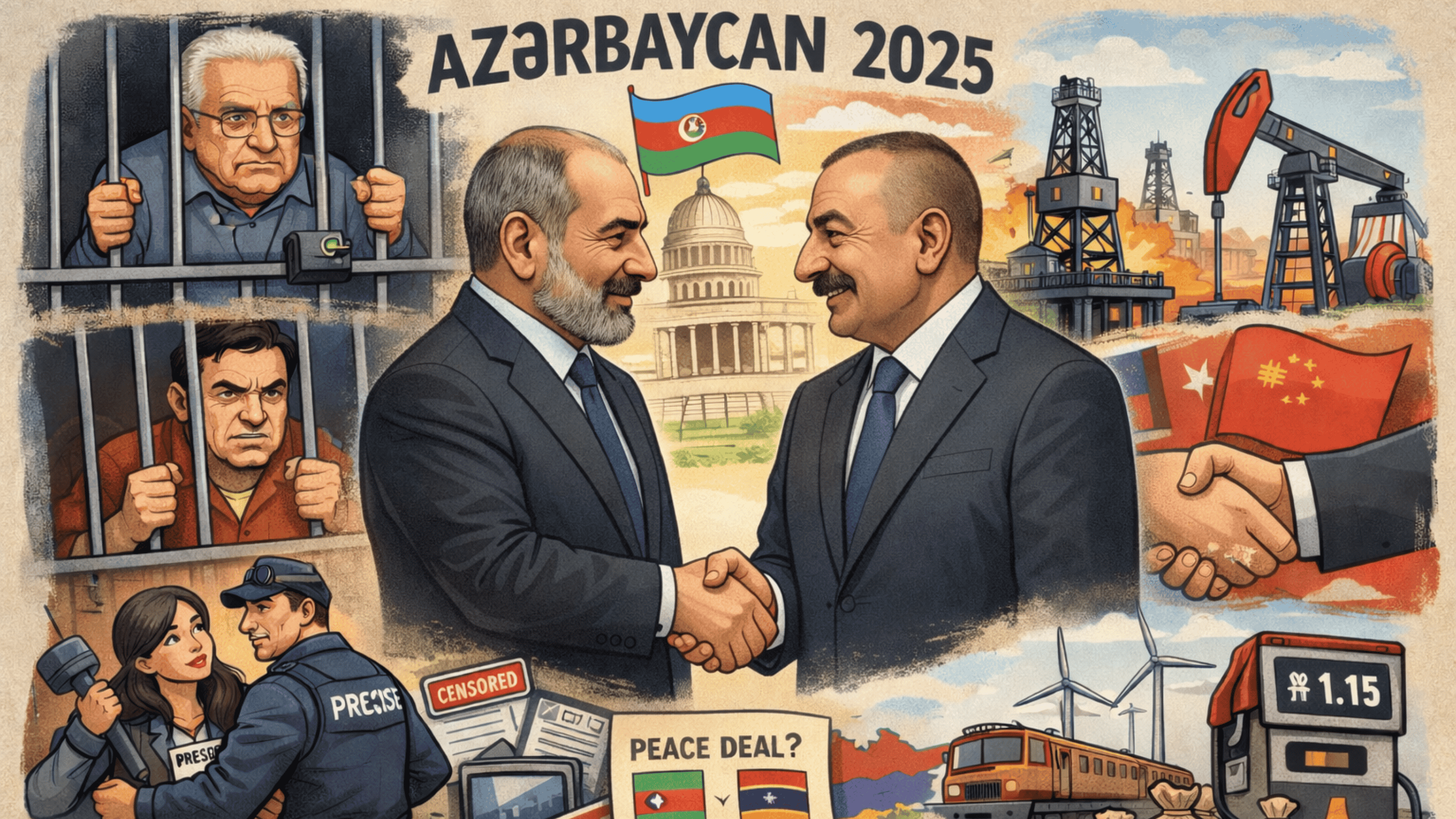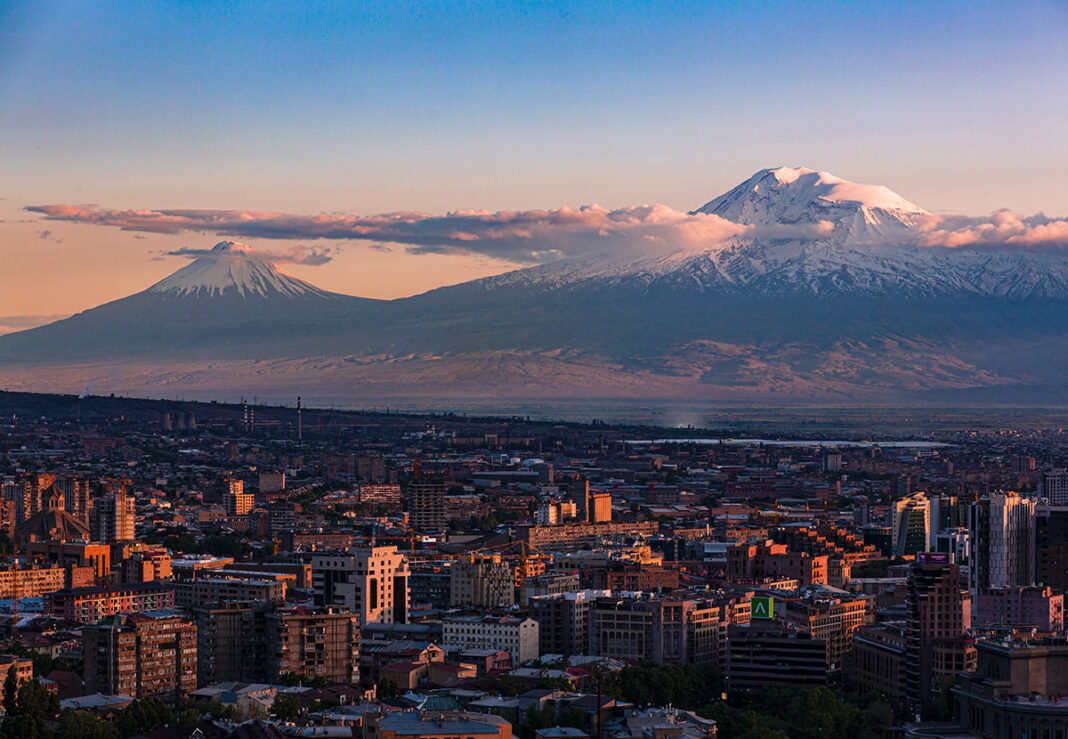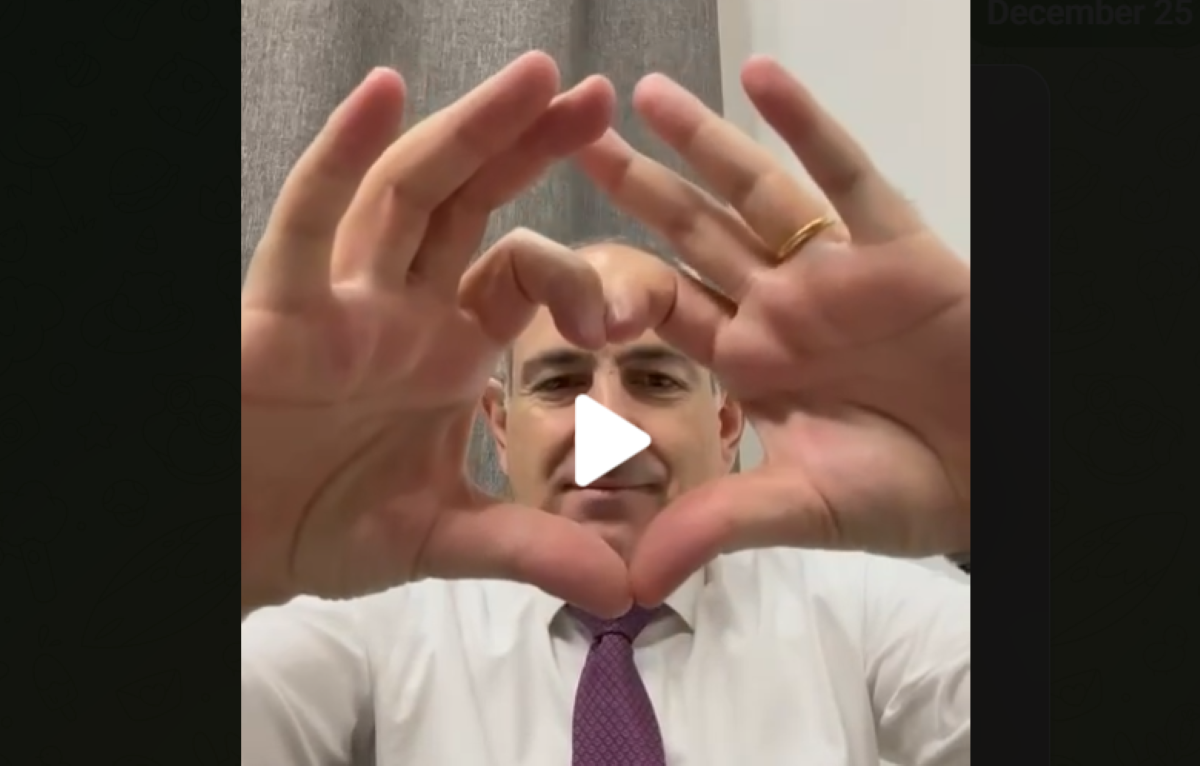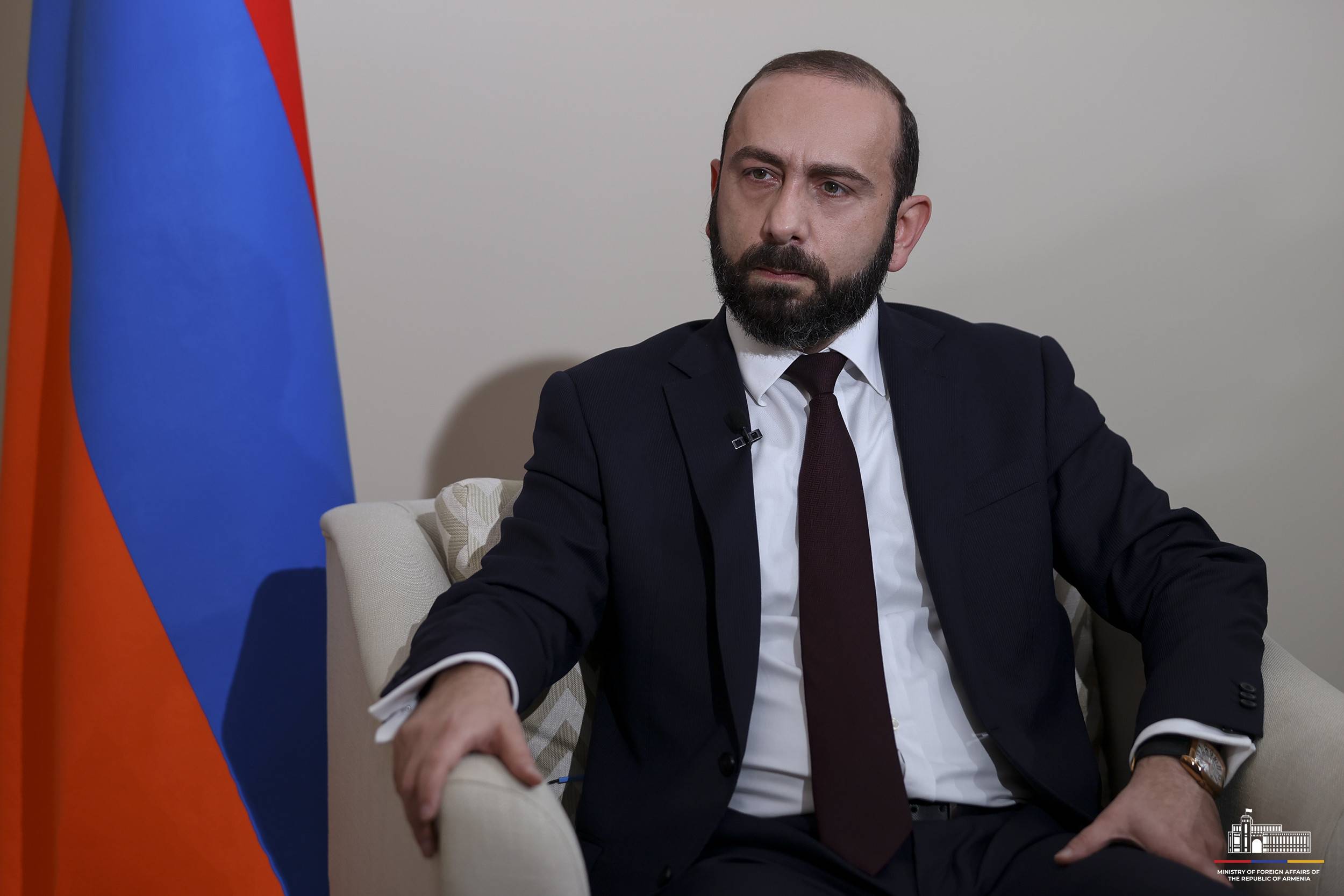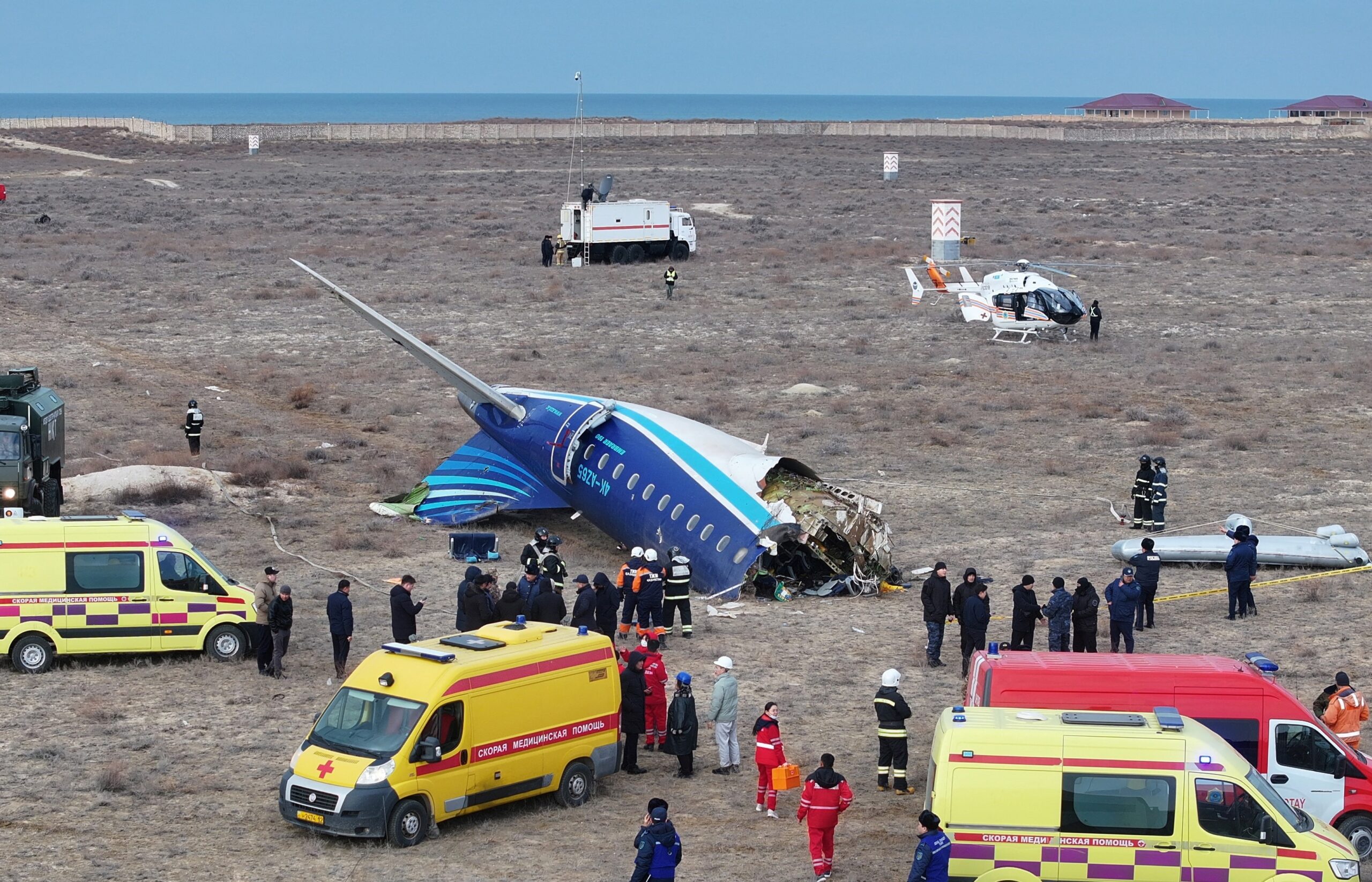Armenia between the West and Russia: risks of the government’s ‘balanced’ policy
Risks of Armenia’s ‘balanced’ government policy
Prime minister Nikol Pashinyan has announced a new strategic goal for his government — the creation of a “Fourth Republic of Armenia”. To achieve this, the ruling party aims to win the 2026 parliamentary elections and step up efforts to join the European Union. At the same time, the authorities say they do not intend to oppose this process to regional cooperation or to a “balanced” foreign policy. Pashinyan has described Armenia–Russia relations as being “in a stage of transformation, thanks to constructive dialogue”, and says he plans to strengthen ties with Moscow.
However, the government’s concept does not enjoy unanimous support in society or among experts.
Political analyst Lilit Dallakyan comments on the risks of the so-called “balanced policy” and whether European integration and regionalisation, both included in Armenia’s foreign policy strategy, can in fact be compatible.
- Pashinyan: “Armenia’s democracy is a reality, not the goodwill of the authorities”
- Armenia to begin EU accession process as parliament backs civil society initiative
- Economy minister: ‘Armenia won’t swap EAEU for another bloc, it seeks independence’
Comment by political analyst Lilit Dallakyan
A ‘false agenda’ for the Fourth Republic
“The idea of a ‘Fourth Republic’ baffles me. If we follow the logic of numbering, Soviet Armenia was not independent and therefore cannot be considered the Second Republic. In that case, today’s Armenia is the Second Republic, not the Third. So Pashinyan should be proclaiming not a Fourth, but a Third Republic of Armenia.
Moreover, when our neighbours present themselves as successors to their First Republics, it seems odd that Armenia is promoting the idea of a Fourth. It is simply an artificially imposed agenda.”
Regionalisation — an imposed agenda
“I am strongly opposed to regionalisation. In today’s globalised world, the very notion of regions has lost its meaning. Regionalisation benefits Russia and Turkiye, which want to keep Armenia locked into the ‘3+3’ format — something I find unacceptable.
The ‘3+3’ framework for regional issues was proposed by Turkiye. On one side it brings together Turkiye, Iran and Russia; on the other, Armenia, Azerbaijan and Georgia. Ankara uses the format to strengthen its role in the region. For Moscow, it is a way to make decisions in the South Caucasus without the West. Tehran is trying to regain influence it has lost in recent years.
Azerbaijan backs the initiative of its ‘big brother’. Georgia’s government refuses to take part in any format that includes Russia. Armenia initially agreed to discuss only those questions in this format that could not be addressed elsewhere. The first meeting took place in November 2023 in Tehran.
The world is no longer divided into regions. The US, for example, plays an active role in Southeast Asia, although it is not their immediate sphere of influence. Russia, though far from Venezuela, Africa or Libya, seeks to extend its influence there. Against this background, Armenia is trying to squeeze itself into a regional framework — which, in my view, is a mistake.”
European integration — in conflict with regionalisation
“Armenia’s authorities had earlier declared their intention to join the EU and withdraw from the Russian-led CSTO military bloc. But the current discourse from the government looks like a step back from those ambitions.
To bring a bill on launching the EU accession process before parliament, an initiative group collected 60,000 signatures, exceeding the required 50,000. In January 2024, the government approved the bill and sent it to the National Assembly. In February 2025, parliament gave it the green light.
European integration and regionalisation are incompatible, especially given the crisis in relations between the West and Russia. In the Obama era, when the US sought dialogue with Russia, such an approach might have seemed relevant. But today Europe is in a state of cold war with Russia. And sooner or later, the Trump administration will realise that either USA plays the role of global hegemon or it loses its position. Against this backdrop, to speak of a policy of complementarity is odd and inappropriate.
I am against rash decisions such as the immediate withdrawal of the Russian military base from Armenia. Yes, it should be withdrawn, but this requires time and preparation. At the same time, this does not mean Armenia can continue trying to play both sides. Such an approach is impossible.”
Diversifying the economy instead of contradictory statements
“Members of the ruling party call Russia a threat to Armenia. Parliamentary speaker Alen Simonyan claims that Moscow, with the support of the Armenian opposition, is doing everything it can to block the signing of a peace agreement with Azerbaijan. The question then arises: how can the authorities at the same time speak of closer ties with Russia?
On the one hand, government representatives talk about the need to return the railway and power grid — currently run by Russia — to state control, to abandon plans for a nuclear power plant built by Russian companies, and to diversify the economy. On the other, they make statements about strengthening relations with Moscow. This is a clear contradiction.
Why declare a desire to overcome dependence on a specific geopolitical pole while at the same time promising to deepen ties with Russia? Armenia’s economy and infrastructure are already largely under Russian control. The closure of the Upper Lars road instantly triggers economic collapse. And if rapprochement with Russia is needed to address these problems, the authorities should say so.
They should acknowledge that the US has not entered the region as a significant player. And they should stop claiming on a daily basis that Russia has left the region. It has not gone anywhere.”
Is the government abandoning European integration?
“The Armenian authorities talk about a balanced policy, which in practice means rejecting full European integration so as not to upset Russia. Yet Pashinyan previously claimed that Armenia could join the EU ‘as soon as tomorrow’. This means the public has been fed false information for years. If the authorities never planned integration, they should not have misled people.
There are two possible explanations. Either Europe is not ready to welcome Armenia into its family — though the visit of EU enlargement commissioner Marta Kos suggests otherwise — or Russia is pressuring the authorities to back down. In any case, Pashinyan must clearly explain what has changed.
There is no unity within the ruling Civil Contract party: some say one thing, others the opposite. Civil society, which initiated the petition drive for EU integration, holds a third view, with part of it openly supporting Pashinyan.
The reasons for the retreat from integration are unclear. Perhaps the authorities are unwilling to pursue reforms, or the West cannot counter Russia effectively. It is also unclear what Europe itself is offering — for instance, whether it is ready to support Armenia in the same way it has supported Moldova if Yerevan leaves the Russia-led Eurasian Economic Union.
My experience of taking part in parliamentary debates on integration only reinforced my belief that Armenia has no intention of joining the EU. Statements from officials, including Arman Yeghoyan, head of the National Assembly’s permanent commission on European integration, that Armenia will remain in the EAEU, seemed to me part of political theatre staged by pro-European forces and pro-western civil society.
That same civil society, which supposedly drives the process and meets with European representatives, never asks Pashinyan the main question: what course has he chosen, and why? For me it was clear from the beginning that the authorities had no intention of pursuing integration. It is only a tool to win votes, an attempt to exploit the Armenian public’s disillusionment with Russia. The government’s rhetoric is pro-European, but its policy is the opposite.”
The ruling party adopts the methods of its predecessors
“Inside Civil Contract, an artificial divide is being created between a pro-Russian and a so-called pro-Western wing. Pro-Russian figures, such as Armenia’s deputy prime minister Mher Grigoryan, openly state that Armenia has no intention of leaving the Eurasian Economic Union. At the same time, those labelled pro-Western argue for quitting the EAEU and integrating with the EU.
This situation recalls the politics of Armenia’s third president, Serzh Sargsyan, when different groups within the government created the appearance of conflicting positions. Today one part of the ruling party says one thing, another says the opposite, while Nikol Pashinyan changes his rhetoric daily.
The constitution has not changed since Sargsyan’s time, and his model of governance is projected onto today’s authorities. All key decisions are taken by a single person — Nikol Pashinyan, who calls himself ‘the government’.
I am not demanding Armenia leave the EAEU immediately or join the EU tomorrow. I am calling on the authorities to be honest with the people. Pashinyan’s statements are contradictory: he talks of peace, but then calls Russia a threat; he claims the 9 November 2020 declaration that ended the Nagorno-Karabakh war is no longer valid, but does not withdraw Armenia’s signature; he promises the country could become an EU member, then cites regional constraints that supposedly block integration; he says the previous authorities must be punished, but at the same time excuses them.
Each time their ratings fall, Armenia’s authorities invent new populist slogans. As elections approach, they heighten tensions and deliberately polarise the political field to distract from their failures and hold on to voters’ loyalty.”
Risks of Armenia’s ‘balanced’ government policy










